Investment Opportunities

In what ways is it possible for Myanmar to play a larger role in forming new connections for regional trade and investment?
ZAY YAR AUNG: Myan-mar has many favourable factors to attract foreign investor attention, such as its strategic location between two eco-nomic giants – China and India – its proximity to Thailand, access to the Bay of Bengal, abun-dant land and water sources, young population and labour resources. Myanmar’s economic transition is focusing on trade and investment within the region as it moves towards ASEAN Economic Community (ACE) integration. Myanmar is aware that the establishment of the AEC is commitment to enable business to tap into the potential of the region as an integrated and single investment destination. We hope to see strong foreign direct investment in industry, services and infrastructure.
In addition, enhanced connectivity can potentially place ASEAN at the centre of growth and development for the South-east Asia region, and preserve ASEAN’s central role in the evolv -ing global architecture by reducing the costs of investment and international trade in goods and services. This could create the added benefit of narrowing development gaps among nations by redesigning existing regional supply chains. This will also lead to increased opportunities for greater investment, trade and growth in ASEAN. Major roads, including the Asian Highway, ASEAN Highway Route, India-Myanmar-Thailand Trilateral Highway and Greater Mekong Subregion Economic Corridor, pass through eastern, western, southern and central Myanmar. These will surely contribute to regional trade and investment connections.
How would you assess the appetite of foreign investors in the lead-up to the 2015 election?
ZAY YAR AUNG: In the November 2015 election, which was widely considered the country’s freest and fairest polls, the National League for Democracy won a landslide victory. This will likely result in increased interest and investment into the country by multinational companies. Moreover, in early December 2015 the US announced that it would temporarily ease trade restrictions on Myanmar by allowing all shipments to go through its port and airports for a period of six months, In addition, now that Myanmar is also eligible for the EU’s Generalised Scheme of Preference for duty-free treatment, we expect this will attract more investments from Western countries and from the rest of the world.
How can investment be utilised to promote the development of value-added industries?
ZAY YAR AUNG: Private sector investment – both domestic and foreign – when conducted in a responsible manner, can be a key driver of economic development, job creation and inclu-sive growth. Most developing country govern-ments, working in collaboration with the private sector and development partners, can maximise economic value and job creation from private investment by establishing priorities and focus-ing scarce resources on specific industries and value chains. We have implemented many forms of public-private partnerships in infrastructure development, especially in road transportation, electricity distribution and electricity plant construction.
What were the deciding factors behind the decision to merge the Foreign Investment Law and Myanmar Citizens Investment Law?
ZAY YAR AUNG: We noticed that other ASEAN countries adopted similar legislation. The merger helps pave the way for a more holistic and non-discriminatory regime for foreign investors. This ensures more protection and easier access to investment under a unified investment law. We believe this will create a fairer and more level playing field between foreign and domestic investors in the relevant markets.
./wp-content/uploads/2018/10/Emirate-Online-TDY.png)


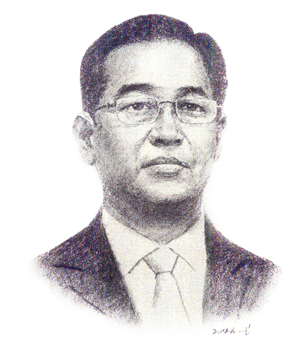

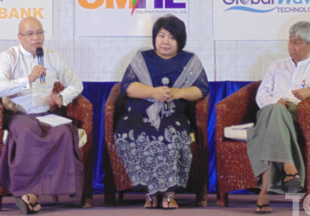
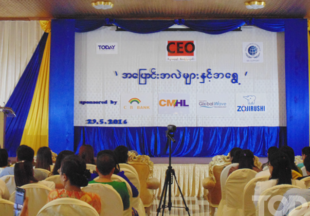
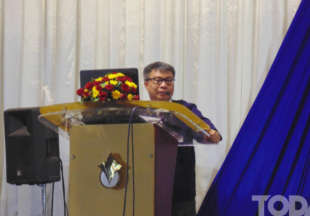
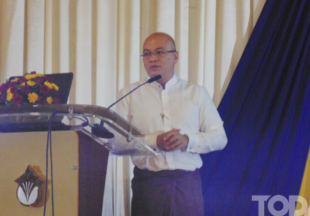

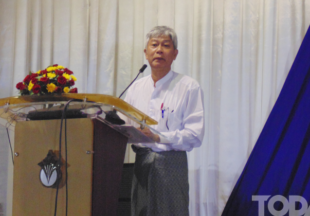
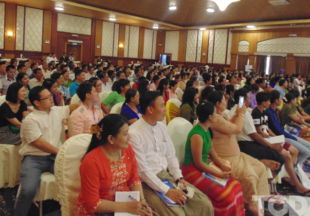



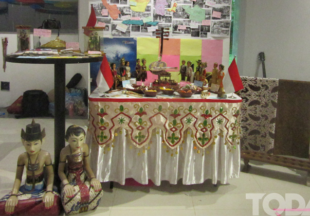





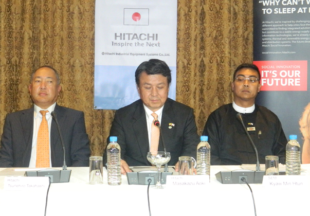
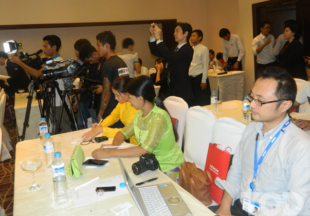
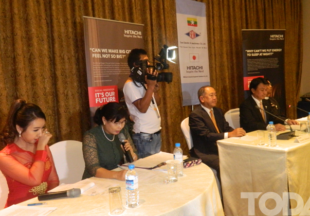






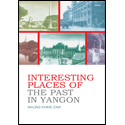


There are no comments at the moment, do you want to add one?
Write a comment